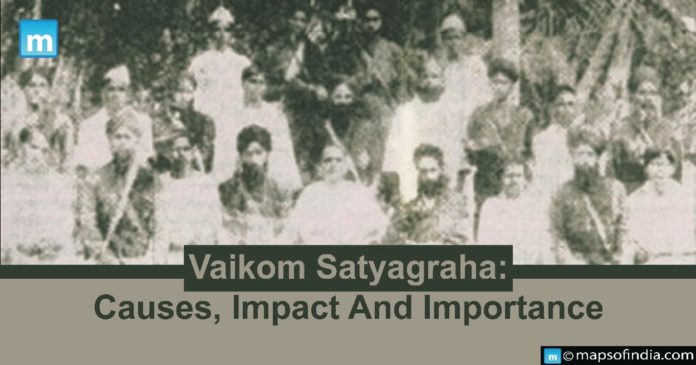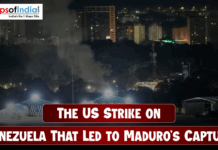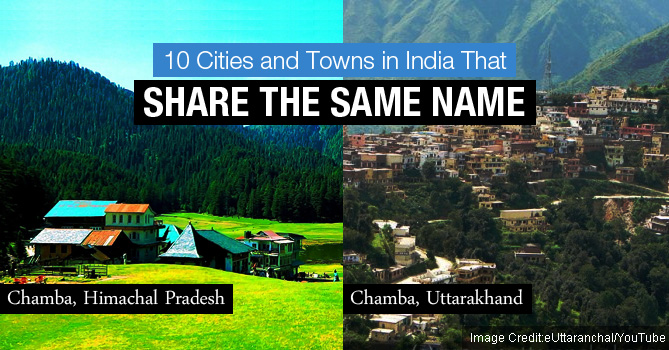The Vaikom Satyagraha was a campaign in Travancore (modern-day Kerala) seeking oppressed people’s temple admission. Between 1924 and 1925, it occurred near the Shiva Temple in Vaikom, Kottayam district, Kerala. Vaikom was part of the princely kingdom of Travancore during that time.
Lower caste Hindus were reportedly not allowed to enter temples due to the existing social structure in Kerala and the rest of India. They were not even permitted to pass on the roads leading to the temples in Kerala.
Note: Kerala state was formed in 1956 after the kingdoms of Malabar (North Kerala), Cochin, and Travancore merged.
At the Kakinada Congress Party meeting in 1923, T.K. Madhavan reported on the prejudice the depressed caste people faced in Kerala. To combat untouchability, a council of people from various castes was constituted in Kerala. T K Madhavan, K Neelakantan Namboothiri, Velayudha Menon, and TR Krishnaswami Iyer were on the committee, which K Kelappan headed. In February 1924, they resolved to begin a ‘Keralaparyatanam’ to gain temple access and the freedom to travel roads for all Hindus, regardless of caste or faith.
The Course of the Movement
The campaign began on March 30, 1924. A banner at the Vaikom Mahadeva Temple barring “lower caste” people from entering (avarnas) was removed by protestors. The Satyagrahis entered the shrine in groups of three. The cops refused and arrested them.
The movement was backed by Gandhiji, Chatampi Swamikal, and Sree Narayana Guru. The campaign gained popularity throughout India, and supporters arrived from around the country. Punjab’s Akalis helped by establishing kitchens to feed the Satyagrahis.
Even Muslim and Christian authorities backed the initiative. On the other hand, Gandhiji was not satisfied since he intended the struggle to be an intra-Hindu matter. In April 1924, the campaign was momentarily halted on Gandhiji’s instruction.
Following the failure of consultations with caste Hindus, the leaders relaunched the initiative. K P Kesava Menon and T K Madhavan were detained. E V Ramaswami Naicker (Periyar) travelled from Tamil Nadu to help the campaign but was imprisoned.
On October 1, 1924, a procession of Savarnas (advanced castes) marched and presented a petition with over 25000 signatures to the Regent Maharani Sethu Lakshmi Bai of Travancore requesting that everyone be allowed to enter the temple. Gandhi spoke with the Regent Maharani as well. Mannath Padmanabhan Nair led the savarna procession. Beginning with roughly 500 people at Vaikom, the parade grew to almost 5000 when it arrived at Thiruvananthapuram in November 1924.
The Impact and Importance of the Vaikom Satyagraha
- Excluding the eastern entrance, all of the temple’s gates were accessible to lower-caste Hindus on November 23, 1925.
- Backward castes were granted permission to travel on public roadways near all shrines in Travancore in 1928.
- This was the first time in Kerala that an organised effort for the fundamental rights of untouchables and other backward castes was carried out on such a large scale.
- It became India’s principal human rights campaign.
- The Satyagraha movement became a trial ground for significant methodologies such as Satyagraha.
- It instilled reason in the people.





